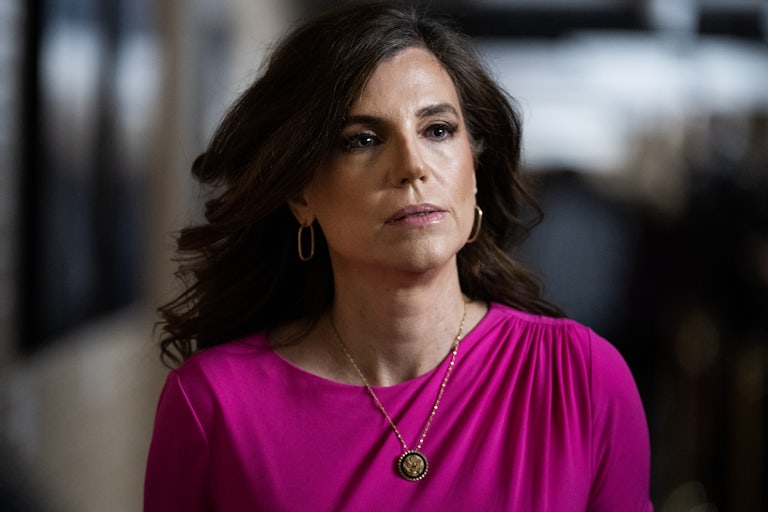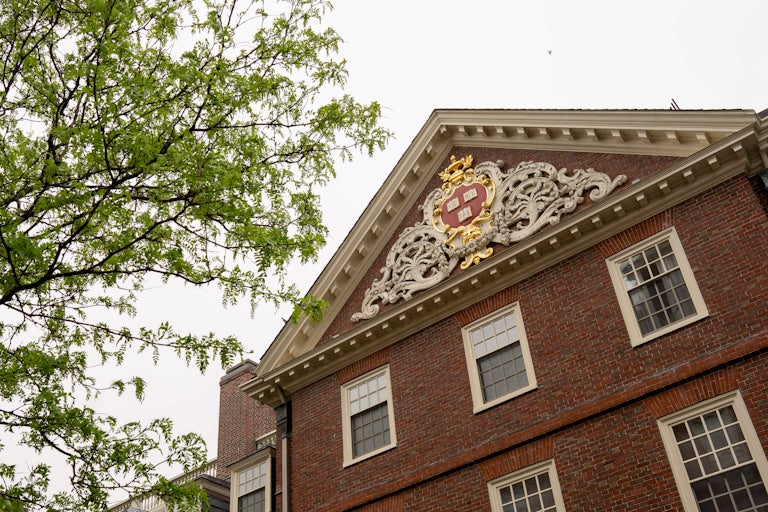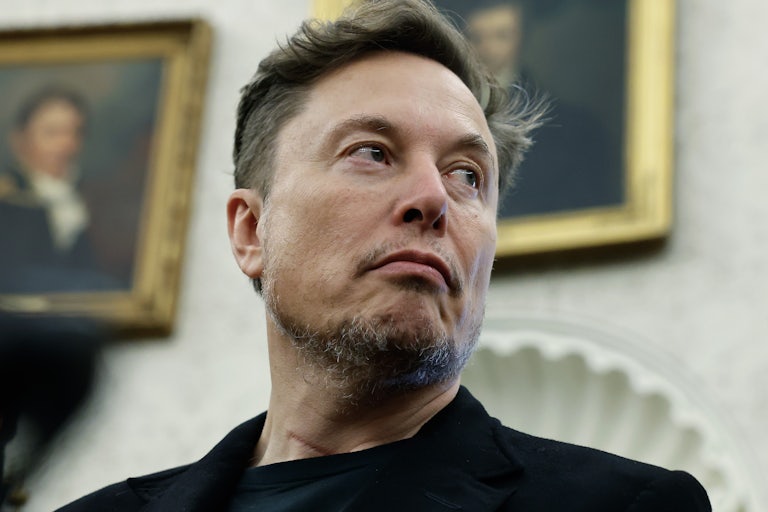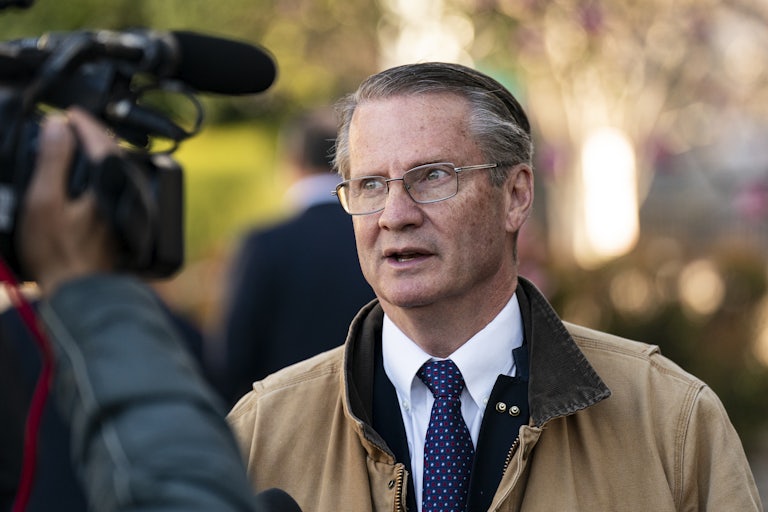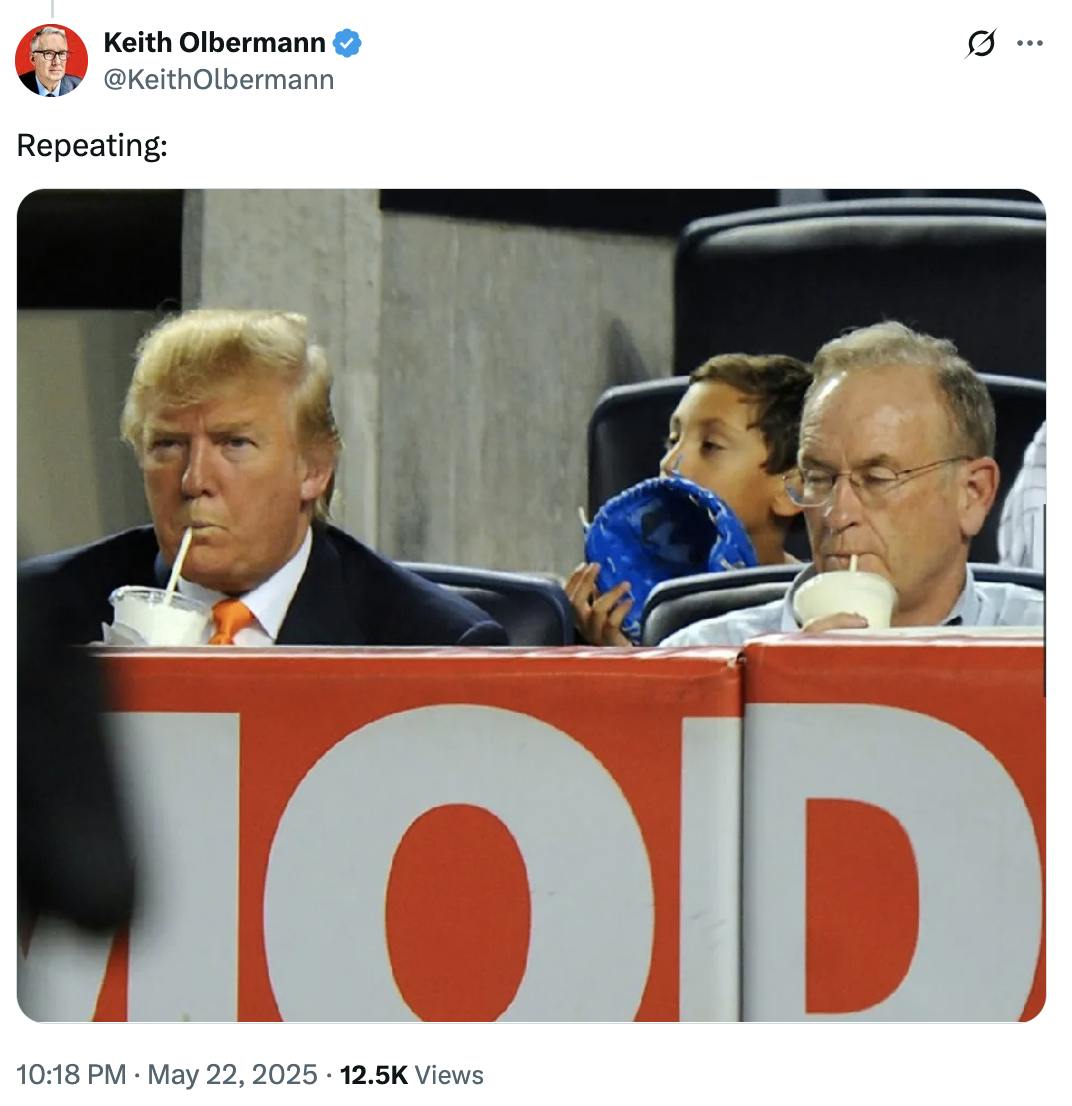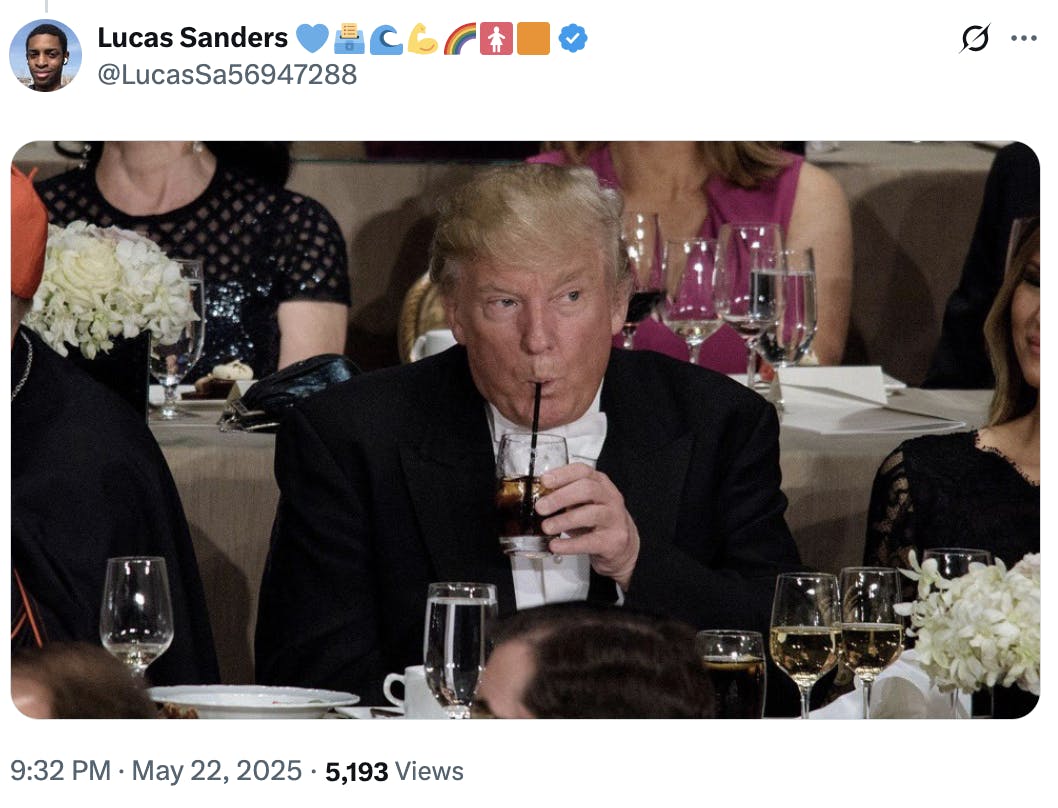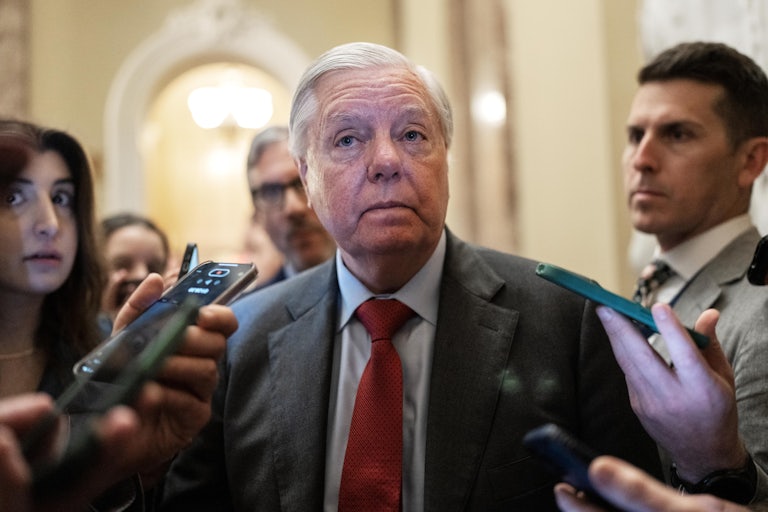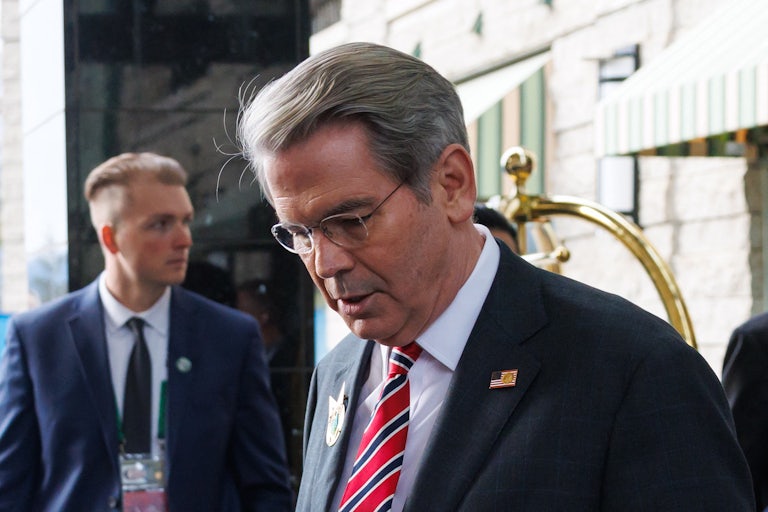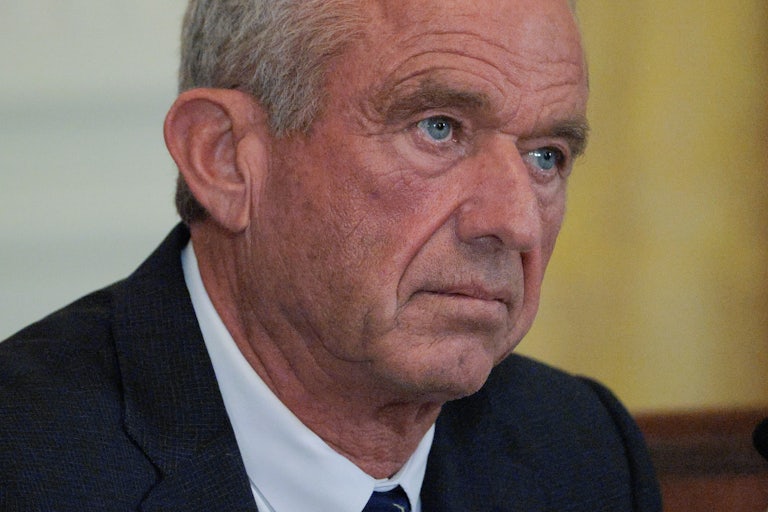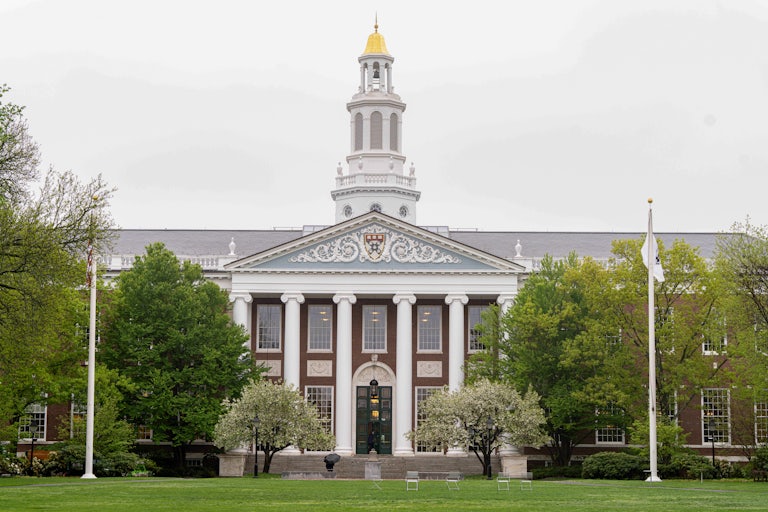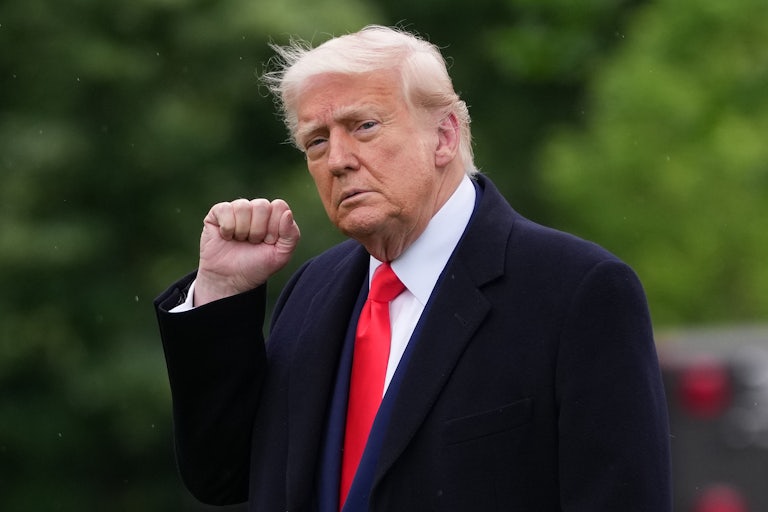Here’s What Happened at Trump’s Shady Cryptocurrency Dinner
A conservative influencer who attended Donald Trump’s crypto dinner says it was a total bust.
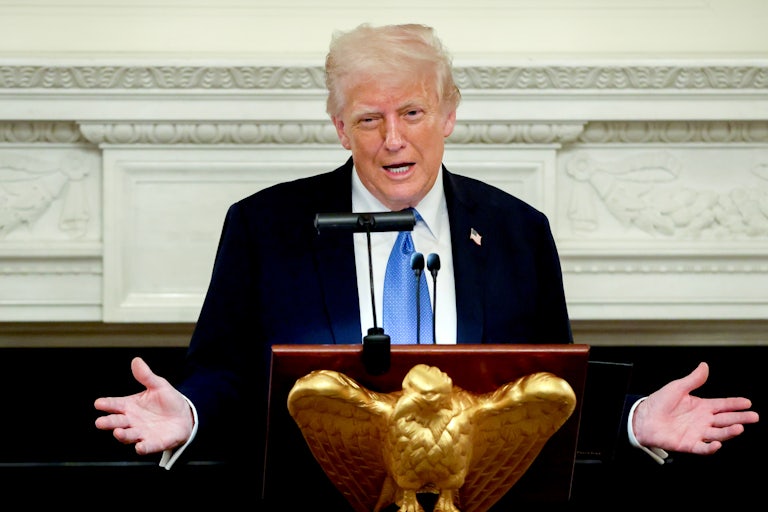
Crypto-investors anonymously shelled out a total $148 million to purchase access to Donald Trump, but all they got was a low-quality steak.
Guests at Trump’s supposedly “intimate” gala for the 220 top buyers of the $TRUMP memecoin gathered at the Trump National Golf Club in Virginia Thursday night, hoping for a little facetime with the president. But they were left entirely unsatisfied.
Nicholas Pinto, a 25-year-old social media influencer who spent a whopping $360,000 on the president’s memecoin, told Fortune that he was distinctly underwhelmed by the affair.
Trump, rather than cozy up to his guests, gave an address to the room that was “pretty much like bullshit,” Pinto said. Most guests struggled to get any face time with the president, according to Pinto. The event’s host Caitlin Sinclair, an anchor at OANN, said that she didn’t even get a picture with the commander-in-chief, Pinto recalled.
Christoph Heuermann, who shared a series of photographs from the event on his Instagram page, wrote that Trump gave a brief 20-minute speech “and didn’t interact with the crowd other than enjoying being celebrated.”
Only the 25 biggest investors were given access to a small VIP reception with Trump. The rest were left with only their halibut or filet mignon.
During the banquet, Pinto texted Fortune to say that the food was “trash.”
“Walmart steak, man,” he wrote.
Guests reportedly included the coin’s top buyer Justin Sun, a Chinese billionaire who founded the crypto platform Tron, and former Los Angeles Laker Lamar Odom. Press Secretary Karoline Leavitt said Thursday that a list of attendees would not be made public because the president was attending the event off-the-clock—which doesn’t even begin to resolve the conflicts of interest issues at play for the president of the United States.
On average, each person had spent roughly $1.8 million on the president’s meme coin, in what many critics have called a blatant pay-for-access scheme.
